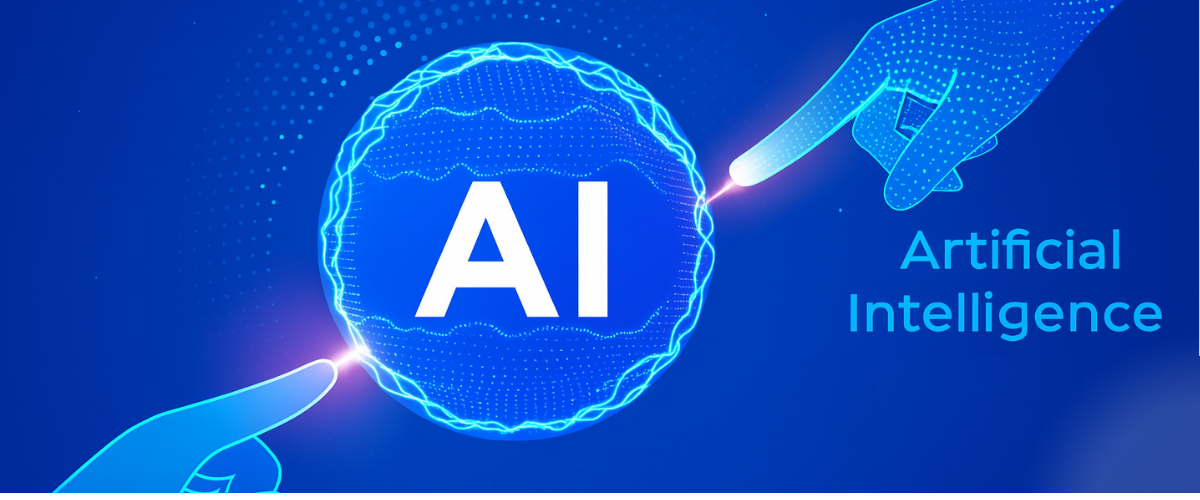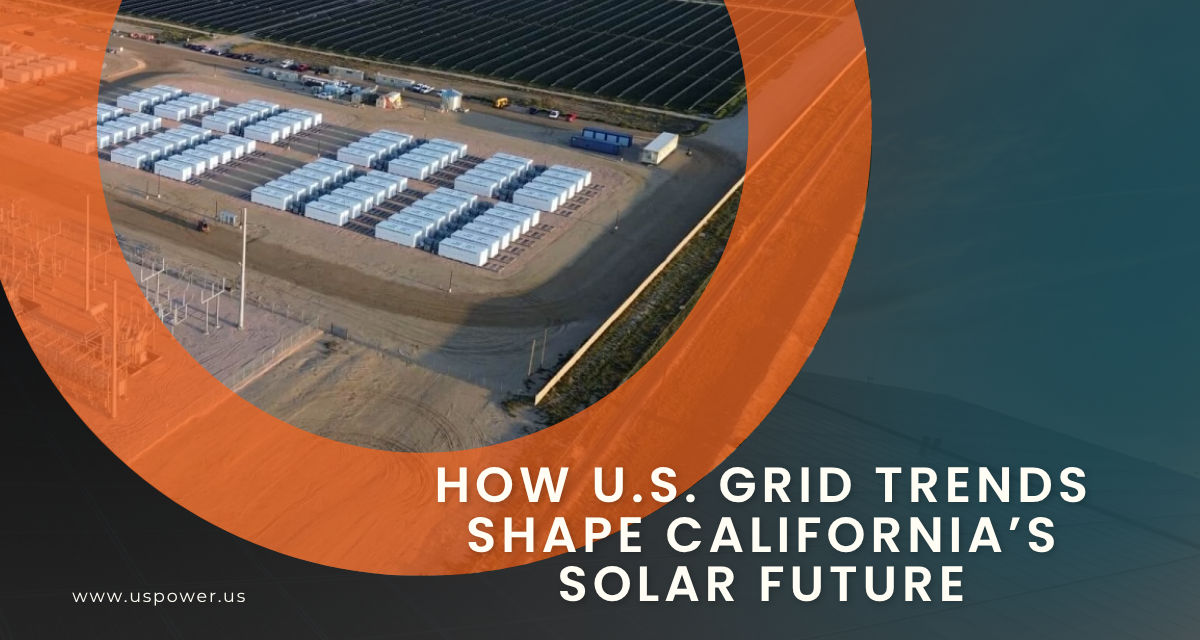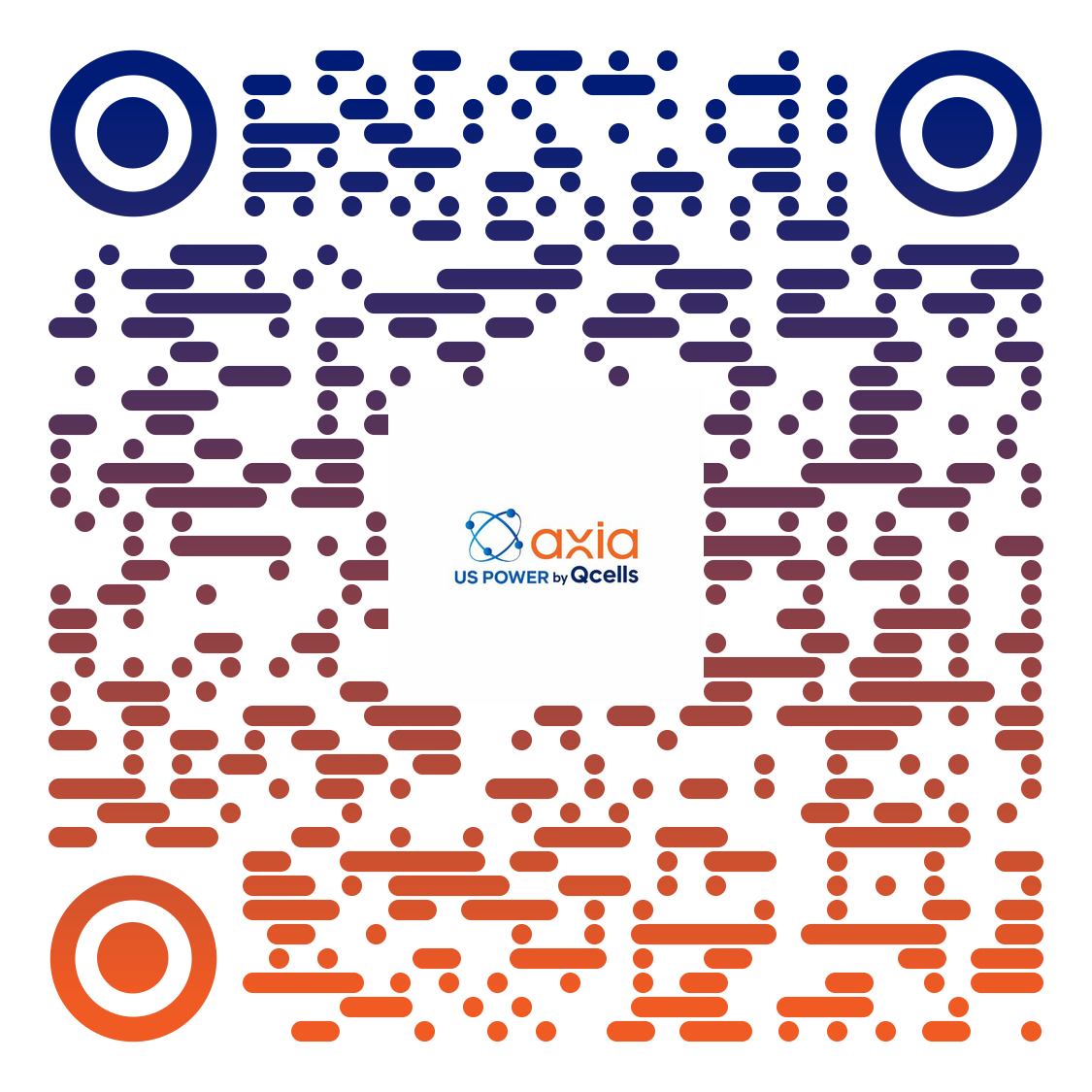Is AI Powering an Energy Crisis? Here’s How Solar Saves It

Solar and Roofing Advisor
AI and data centers are straining U.S. grids. Learn how US Power’s QCells solar solutions help stabilize Southern California’s energy future.

Every time we ask ChatGPT a question, stream a video, or use AI-powered apps, behind the scenes there’s a massive server farm humming in a data center. That infrastructure—driven by artificial intelligence—is growing rapidly. But with that growth comes an unavoidable side effect: surging energy demand.
Is the rise of AI and data centers pushing us toward an energy crisis? And what does that mean for homeowners, local utilities, and solar companies like US Power in Southern California?
Let’s break it down.
The Surge: AI + Data Center Energy Use in 2025
Data centers already consume a sizable chunk of U.S. electricity
- In 2023, data centers accounted for about 4.4% of total U.S. electricity usage.
- Projections indicate that by 2028, data centers may consume 6.7% to 12% of U.S. electricity if growth continues unabated.
- The U.S. Department of Energy’s Office of Energy Efficiency & Renewable Energy similarly notes the steep trajectory of commercial computing power demand.
AI is a dominant driver of growth
- The International Energy Agency (IEA) predicts that global electricity demand from data centers will more than double by 2030, with AI being the primary force behind that jump.
- Some analysts estimate that by the end of 2025, AI workloads alone could consume up to 49% of total data center energy use (excluding crypto).
- Deloitte estimates power demand from AI data centers in the U.S. could grow more than 30-fold by 2035 — from ~4 GW in 2024 to ~123 GW.
- Goldman Sachs forecasts global power demand from data centers rising 165% by 2030 (versus 2023).
Short-term acceleration
- Bloomberg analysts expect U.S. power demand from data centers could jump 20–40% in 2025 alone due to intensified AI deployment.
- The U.S. Energy Dept. has estimated that data centers currently consume over 4% of U.S. electricity, and that could rise to 12% by 2028 (roughly 580 billion kWh).
- In North America, year-on-year growth in data center energy demand has been as high as 23%.
Why This Surge Matters — Locally and Nationally
Grid strain & reliability risks
Power grids were not originally designed to handle sprawling, energy-dense loads like hyperscale data centers. When many high-demand users cluster in a region, the grid must invest in upgraded transmission, transformers, cooling infrastructure, and backup capacity.
Some grids are already showing signs of stress; utilities have sought regulatory approval for expensive new plants and grid upgrades just to support heavy data center expansion. In high-growth tech corridors, local constraints (land, cooling water, permitting) can bottleneck further capacity.
Rising electricity prices
As utilities factor rising demand into planning, rate structures often shift, with higher tiers or demand charges levied on large consumers. That can ripple into higher costs for all customers. The more load concentrated in data centers, the more upward pressure on electric rates and surcharges.
Emissions & environmental impact
- A detailed study of over 2,100 U.S. data centers shows they were responsible for over 105 million metric tons of CO₂e in 2023 — about 2.18% of U.S. emissions.
- More than half (56%) of their electricity came from fossil fuel sources.
- AI and data center growth risk undermining decarbonization goals, particularly if grid expansion continues to rely on gas or coal.
Water usage
Cooling servers consumes significant water, especially in dry regions (like parts of California). AI-driven servers increase that burden, adding stress to regional water systems.
Is the Energy Crisis Real — Or Exaggerated?
It depends how we define “crisis.” The data clearly shows divergence between demand and infrastructure readiness:
- The growth in demand is robust and accelerating, largely driven by AI systems.
- Efficiency improvements and smarter hardware/software can tame some growth, but they often trigger rebound usage (i.e. more usage because it’s cheaper).
- Many grids will struggle to keep pace, especially in fast-growth regions without proactive planning.
- Without action, we risk supply shortfalls, brownouts, or excessively high rates.
In short: we are not doomed yet, but without policies, infrastructure investment, and distributed generation (solar + storage), a crisis is plausible — especially at the local level.
How Solar & Distributed Generation Can Be Part of the Solution
Here’s where a local solar installer like US Power fits into the narrative — not just selling panels, but helping stabilize the grid and mitigate risk.
Offload peak demand
One key stress point is peak load — mid-afternoon to early evening, when both AI/data centers and households pull high power. Solar + battery systems can reduce load during those critical hours, cutting strain on local feeders and transformers.
Decentralizing power
Instead of power flowing only from large centralized plants, distributed solar means generation is closer to consumers. That shortens transmission distances, reduces line losses, and adds resilience to localized disruptions.
Aligning with “24/7 carbon matching”
Some advanced data centers now aim to match energy usage with clean generation every hour (24/7 carbon-free). Local solar + storage plays a role in making that real at local scale.
Lowering emissions and financial exposure
For businesses and homeowners, installing solar locks in a clean energy source under your control. You hedge against rising rates, avoid carbon-exposed electricity, and gain a more predictable energy cost structure.
Why US Power Is Uniquely Positioned
As a Southern California solar installer, US Power brings local expertise, but what sets us apart is our exclusive QCells partnership. Here’s why that matters:
- Factory-direct QCells pricing: We cut out middlemen, giving you lower upfront costs than many other installers.
- American-made / high-efficiency panels: QCells produces in the U.S., ensuring better supply chain reliability and local quality control.
- Local service + fast permitting: Our Southern California presence means faster interconnection, permitting, and support.
- Consultative design for grid impact: We don’t just size a system; we tailor it to your load profile (especially if your use is high midday) to maximize grid-relieving potential.
In essence: with US Power + QCells, you get top-tier hardware, favorable pricing, and local know-how — all aligned to be part of the energy resilience solution.
Localizing the Risk: Southern California’s Exposure
Southern California faces unique pressures:
- High temperatures increase cooling demand (for buildings, data centers, etc.), compounding peak load stress.
- Fire risk and wildfire mitigation may force utilities to preemptively shut lines; distributed solar + storage helps maintain resilience in outages.
- Grid congestion is already an issue in heavily built areas; more heavy loads without distributed generation will exacerbate that.
- Local regulatory incentives (Net Energy Metering, incentives for storage) are evolving — early adopters gain biggest benefit.
In short: SoCal is on the frontline of where data center / AI-driven demand surges will stress infrastructure. Local households and businesses adopting solar, especially with storage, can act as a buffer.
Be Part of the Solution with US Power
Don’t wait for your utility to raise rates, ask for more capacity, or cripple local grids. If you're a homeowner, business, or property manager in Los Angeles, Orange County, San Diego, the Inland Empire, or anywhere in Southern California, here’s what you can do right now:
- Request a free solar + storage assessment with US Power.
We’ll model your load (including midday usage, future EV or HVAC upgrades) and propose a system that offsets peak demand. - Ask about QCells factory-direct upgrades — because your solar should be built with the best, without markup.
- Consider battery integration — store excess solar midday to smooth consumption into evening hours.
- Advocate locally for distributed generation policies — more incentives, easier permitting, grid support credits.
- Monitor your usage — track how AI, cloud, and smart devices drive up your load and adjust accordingly.
Get Your Free Solar Energy Assessment Quote
Let US Power show you how a high-efficiency QCells solar + battery system can lower your bill, reduce your footprint, and help Southern California’s grid breathe easier.
Artículos relacionados
Nuestros blogs relacionados
Grid stress is rising—go solar now with premium QCells panels install with US Power.
Tips before hiring pros for solar panel cleaning, is worth the time and cost?
Discover why electricity costs keep rising and how solar can help lower bills.
Nuestros socios de marcas de energía solar y techos








Empoderamos a las comunidades y las empresas para que aprovechen las energías limpias y renovables energía solar soluciones que impulsan el crecimiento sostenible.
Derechos de autor © 2025 US POWER | Energía solar y techosUS Power - Axia by QCells. All Rights Reserved.
La privacidad es importante para nosotros, por lo que tiene la opción de deshabilitar ciertos tipos de almacenamiento que pueden no ser necesarios para el funcionamiento básico del sitio web. El bloqueo de categorías puede afectar a su experiencia en el sitio web.
Imprescindible
Estos elementos son necesarios para habilitar la funcionalidad básica del sitio web.
Personalización
Estos elementos permiten que el sitio web recuerde las elecciones que ha realizado (como el nombre de usuario, el idioma o la región en la que se encuentra) y proporcionan funciones mejoradas y más personales.
Mercadeo
Estos artículos se utilizan para ofrecer publicidad que sea más relevante para usted y sus intereses.
Analítica
Estos elementos ayudan al operador del sitio web a comprender cómo funciona su sitio web, cómo interactúan los visitantes con el sitio y si puede haber problemas técnicos.
Nosotros y nuestros socios externos utilizamos cookies y otras tecnologías para mejorar y rastrear su experiencia en este sitio, realizar análisis y personalizar el marketing para usted. Al usar el sitio, aceptas que usemos estas tecnologías, incluido el registro y el monitoreo de tus interacciones con el sitio.
¡Obtenga una estimación solar instantánea usando el satélite!










